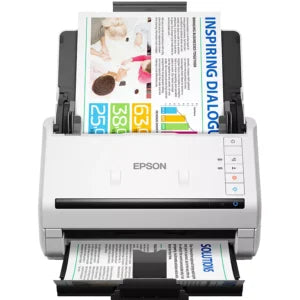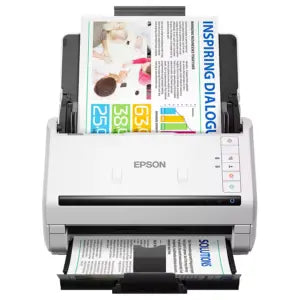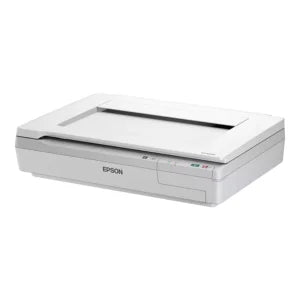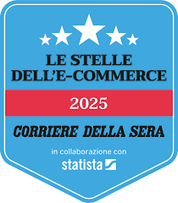OCR what is this technology and how it can help us
OCR technology for character and text recognition is crucial for many applications. From the most advanced ones relating to artificial vision to those in common use.
Exactly, this technology is very multifaceted and can help in many industrial and office areas. Let's find out better.

What exactly is OCR technology?
OCR stands for Optical Character Recognition. This technology was developed for industrial applications such as checking labels and barcodes and was then converted to "personal" use in the office or school environment. OCR software is an application capable of detecting characters within a document and converting them into machine-readable digital text.
Let's find out some history:
When OCR was born
Innovative and in some ways futuristic technology, has its roots in the past. The first experiments on this type of technology date back to 1912.
It was in that year that the physicist EE Fournier d'Albe built an innovative machine, called the optophone. This antediluvian version of OCR converts black printed characters into sound, in a first attempt at inclusion for the blind.
Only the first step of a continuously evolving technology, which with the discovery of selenium will see the proliferation of these technologies, always with the laudable aim of helping the blind.
The evolution will then be continuous and will take place through attempts and tests, until the US federal government and an increasingly pressing need, that of automating and speeding up the postal service, come into play.
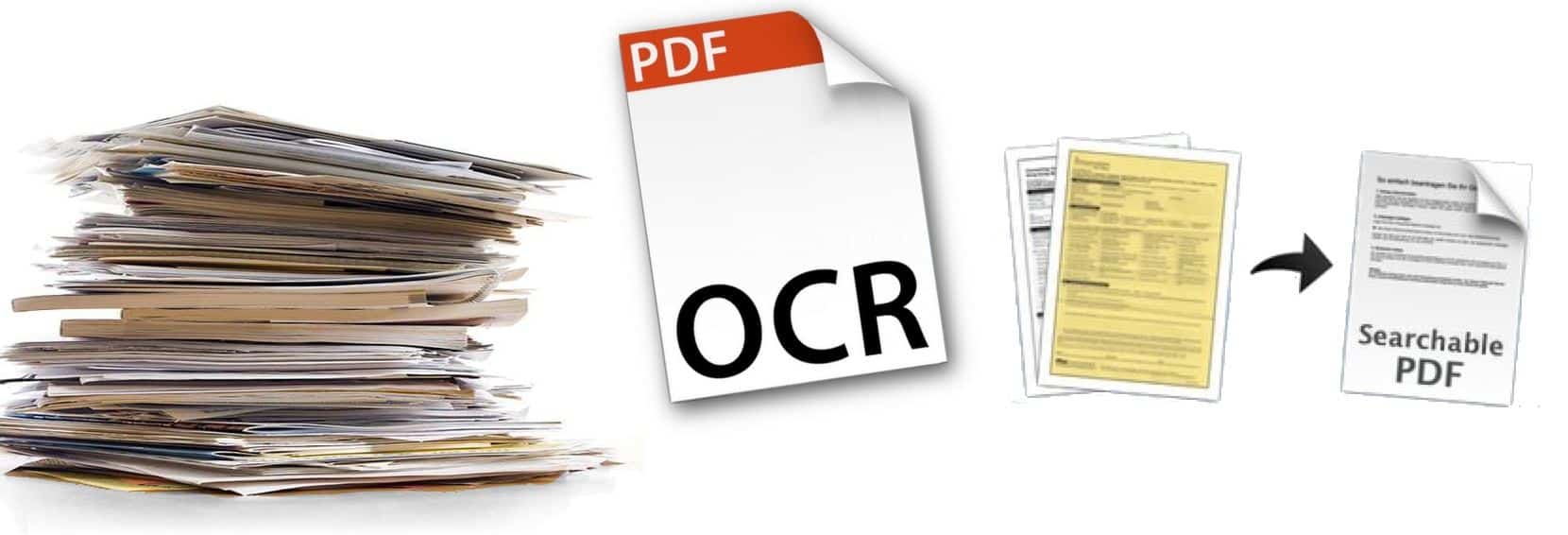
1965, industrialization of OCR
So many letters and missives to sort and too little time to do it in a "human" way. This is the reason for the development of OCR , which in the version for the postal service, deals with detecting the equivalent of our Postal Code and converting it into a printed code detectable by all the machines dedicated to the postal sorting cycle.
80 years later, why still focus on this technology?
Today OCR is the basis of many artificial vision systems developed for label checking. In fact, automatic systems must be able to read barcodes, expiry dates, batch information and many other important alphanumeric data. OCR therefore takes on a double meaning:
- reading system for automatic identification and selection;
- reading system for verifying actual readability by a human being.
How does OCR technology work? 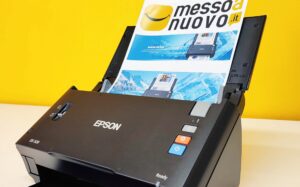
At the basis of OCR is the ability and possibility to read the image correctly. Therefore the image must be clear and well lit, given that the contrast between the background and printed characters must be maximum.
Therefore, during the import phase, the geometry of the illuminant and its intensity are fundamental. To these two parameters is added the resolution of the image at the time of shooting.
In fact, starting from a "good" image we will have much more chance of obtaining a perfect text.
Once the shot has taken place, the software will then detect and translate a set of black signs into a sensible order of letters and numbers.
How does the detection software work? How does it recognize text?
OCR systems work with a very simple system, that of training. Each software with OCR functions is trained through examples of images containing text, the difficulty of the text submitted to the software is incremental and the feedback to the software is immediate and "motivated".
This allows the software itself to "start" with a good data base which is integrated by user feedback and ratings.
The most advanced software can also understand the contours of the text, the lines and the written area; this allows you to also transport the page formatting as well as the text to an editable file.
OCR on block letters
This is the easiest challenge for OCR software which is now able to achieve 100% of what is written. This precision, however, is reserved for alphabets derived from Latin; in the case of languages with a different root the problems remain, even if the percentages have improved.
OCR of freehand written texts
We often see advertisements for smart notepads or binders that can be digitized when written by hand. These solutions work relatively well, as the software intelligently mixes the recognition of what is written with the integration of a "dictionary" that allows the software to evaluate the various possible alternatives and choose the best one.
Everything works best when the freehand writing is tidy and the words well separated from each other. Despite this, it is difficult to exceed an accuracy rate of 80/90%. A value that may be fine for notes taken during a school lesson or a work meeting, but not for "official" uses where precision becomes fundamental.
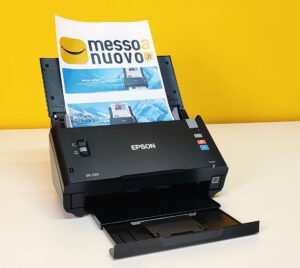 Italics
Italics
Recognizing text written in italics is the challenge not overcome by OCR software. In this area, research is still progressing and interesting innovations and improvements have been reported. Remarkable upgrades, especially when the OCR software knows the type of text it is facing.
Extrapolate image into text
There are many software, apps and online OCRs that offer this advanced digitization. Research and innovation proceed constantly, also given the interest at an industrial level and among end customers for this type of product.
Recognizing text from an image, highlighting it and extrapolating it, transforming a PDF into text or image into text is now possible with excellent results. Transforming an image or PDF into editable text is simple and the results are generally very good.
To increase the chances of success, the trick, as already indicated, is to start from an image that is as defined and sharp as possible.
As with any other type of process, the initial file, the source must be of excellent quality if we want a valid final result.
OCR
The solution to transform non-editable images and PDFs into editable text exists. It may not give perfect results the first time, but it still streamlines the process of processing a file. For a digitization and editing result that almost seems taken from a science fiction film.



